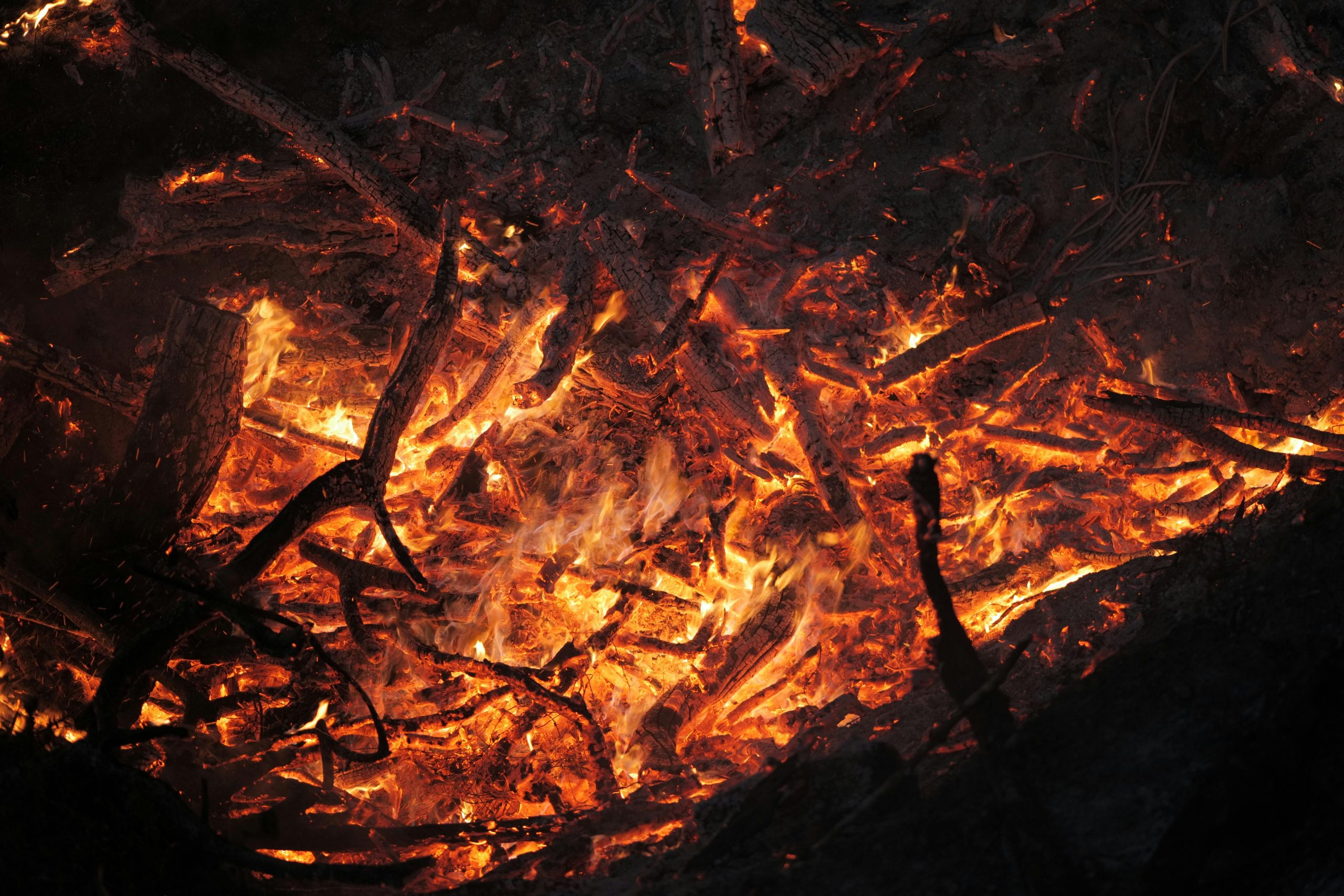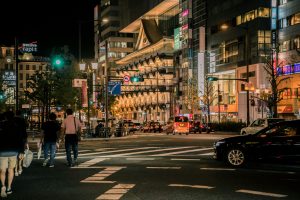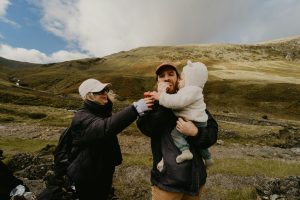Disaster Tourism: Visiting Chernobyl, Fukushima, and Other Hot Zones
If you’ve ever found yourself fascinated by the darker side of human history, then disaster tourism may be a travel experience that piques your interest. This unconventional form of tourism involves visiting areas that have been impacted by major disasters, both natural and man-made. And while it may seem like a morbid curiosity, disaster tourism can actually have a positive impact on the communities and regions it encompasses. In this article, we’ll take a closer look at one specific type of disaster tourism: visiting Chernobyl, Fukushima, and other hot zones.
Understanding Disaster Tourism
Disaster tourism, also known as dark tourism or grief tourism, involves traveling to places that have experienced major disasters. This could include natural disasters such as hurricanes, earthquakes, or volcanic eruptions, or man-made disasters like terrorist attacks, nuclear accidents, or war zones. It’s a niche form of tourism that has been gaining popularity in recent years, with travelers seeking out these destinations for their historical and educational value.
But why would anyone want to visit a place that has been ravaged by a disaster? For some, it’s a way to learn more about a particular event or to honor the victims. For others, it’s a chance to witness the aftermath of a catastrophic event and see how the community has responded and recovered. And for some, it’s simply a way to satisfy a morbid curiosity.
The Appeal of Chernobyl and Fukushima
Chernobyl, Ukraine and Fukushima, Japan are two of the most well-known and visited hot zones by disaster tourists. Both of these destinations were the sites of major nuclear accidents: the Chernobyl disaster in 1986 and the Fukushima disaster in 2011. These events had long-lasting effects on the surrounding areas, making them prime locations for disaster tourism.
Chernobyl
Chernobyl has become a popular destination for disaster tourists due to the eerie, post-apocalyptic atmosphere of the abandoned city of Pripyat. This city, once home to thousands of people, now sits frozen in time, with buildings crumbling and vegetation overtaking the streets. Visitors can take guided tours through the exclusion zone and learn about the events leading up to the disaster, as well as the ongoing efforts to contain the radiation.
Fukushima
Fukushima, on the other hand, offers a different perspective on disaster tourism. This coastal city was devastated by a powerful earthquake and tsunami in 2011, which triggered a nuclear meltdown at the nearby power plant. While parts of the city are still off-limits due to radiation, tourists can visit the designated reconstruction zones and learn about the efforts being made to rebuild the community.
The Impact of Disaster Tourism
While disaster tourism may not be for everyone, it can have a positive impact on the communities and regions it encompasses. These destinations often rely on tourism to boost their economies, and by visiting and spending money, travelers can contribute to the local economy and help with the recovery efforts. Additionally, disaster tourism can help keep the memory of these events alive, ensuring that future generations learn from the mistakes of the past.
However, it’s important to be respectful and responsible when participating in disaster tourism. It’s crucial to follow all safety guidelines and regulations, and to be sensitive to the local community and their experiences.
The Future of Disaster Tourism
As the world continues to face the increasing threat of natural disasters and other catastrophes, it’s likely that disaster tourism will continue to grow in popularity. New hot zones may emerge, and existing destinations may evolve and change over time. But one thing is for certain: the allure of disaster tourism will continue to draw in curious travelers, seeking to learn and understand more about these significant events.
In Conclusion
Although it may seem like an unconventional form of travel, disaster tourism offers a unique and educational experience for those with a curiosity about the darker aspects of our history. Visiting hot zones like Chernobyl, Fukushima, and others allows us to witness the impact of these disasters firsthand, and to understand the lasting effects they have on the people and places they touch. So, if you’re ready to step outside of the traditional travel experience, consider adding disaster tourism to your bucket list – but be sure to approach it with respect and sensitivity.











